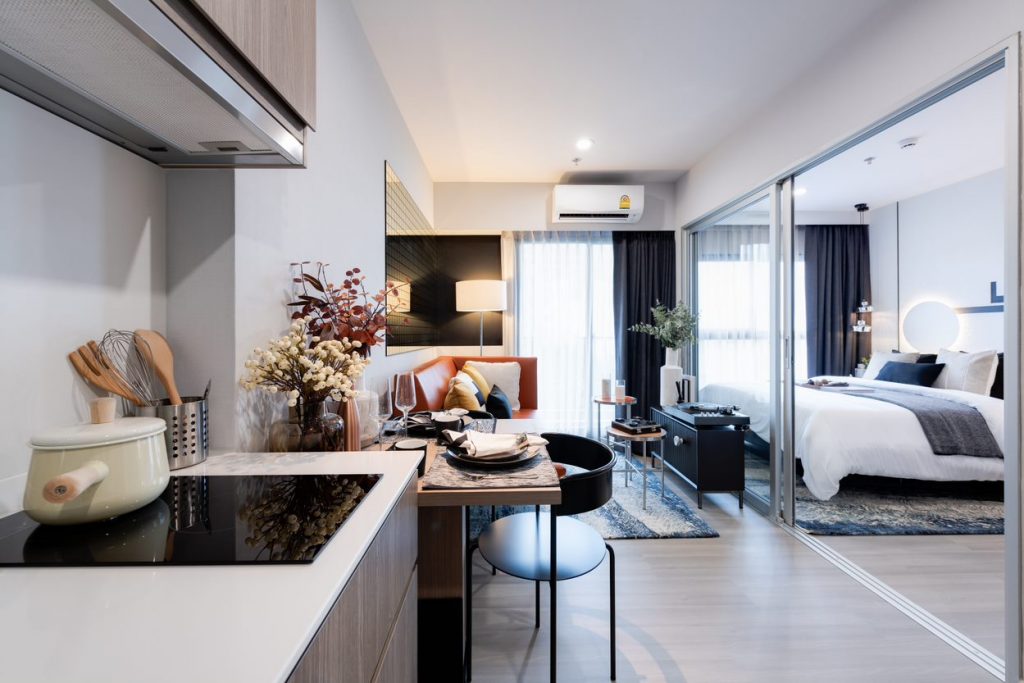Green real estate, often referred to as sustainable homes, is a beacon of hope in our quest for a better future. As our planet faces the pressing challenges of climate change, resource depletion, and environmental degradation, the concept of green real estate has emerged as a powerful solution to mitigate these issues. These homes are designed with a deep commitment to minimizing their environmental footprint and maximizing energy efficiency. They incorporate innovative technologies and sustainable building materials, ensuring that they not only reduce carbon emissions but also promote healthier living environments for their inhabitants. One of the most significant aspects of green real estate is its emphasis on energy efficiency. These homes are equipped with cutting-edge technologies such as solar panels, energy-efficient appliances, and advanced insulation systems. This not only reduces energy consumption but also translates into substantial savings on utility bills for homeowners. Moreover, green homes often feature passive design elements, such as strategically placed windows and ventilation systems, that harness natural light and air circulation, further reducing the need for artificial heating or cooling.
Beyond energy efficiency, sustainable homes prioritize the use of environmentally friendly building materials. This includes reclaimed or recycled materials, low-VOC paints, and sustainable wood sources. By opting for these materials, green real estate minimizes the demand for virgin resources and reduces the environmental impact of construction. Additionally, these materials often contribute to better indoor air quality, ensuring that residents breathe cleaner air and experience fewer health issues related to toxins found in traditional building materials. Water conservation is another crucial element of green real estate. Sustainable homes incorporate technologies like low-flow fixtures and rainwater harvesting systems, drastically reducing water wastage. Landscaping choices also play a role, with drought-resistant plants and xeriscaping techniques becoming common features in sustainable home design. This not only preserves a precious resource but also helps homeowners save on water bills and reduce the burden on local water infrastructure. In addition to the practical benefits, green real estate contributes to the larger goal of environmental preservation.
By reducing carbon emissions and conserving resources, these homes play a vital role in mitigating climate change and protecting ecosystems visit website. They set an example for more sustainable living and inspire homeowners to adopt eco-friendly practices in their daily lives. Furthermore, the increased demand for green homes has spurred innovation in the construction industry, driving the development of even more efficient and environmentally friendly building techniques and technologies. In conclusion, green real estate represents a beacon of hope for a better future. These sustainable homes, with their focus on energy efficiency, eco-friendly materials, water conservation, and environmental stewardship, offer a tangible way to address the pressing challenges of our time. They provide homeowners with comfortable, healthy living spaces while simultaneously reducing their environmental impact. As we face the urgent need to address climate change and environmental degradation.







